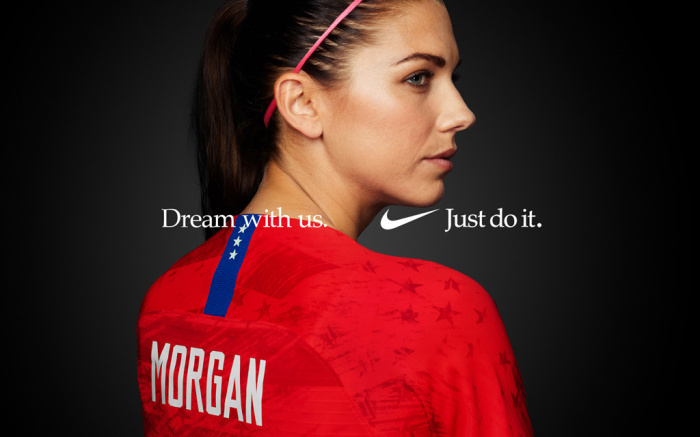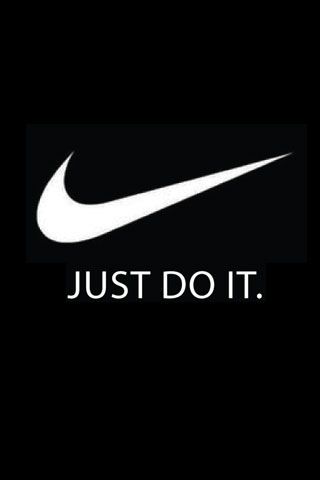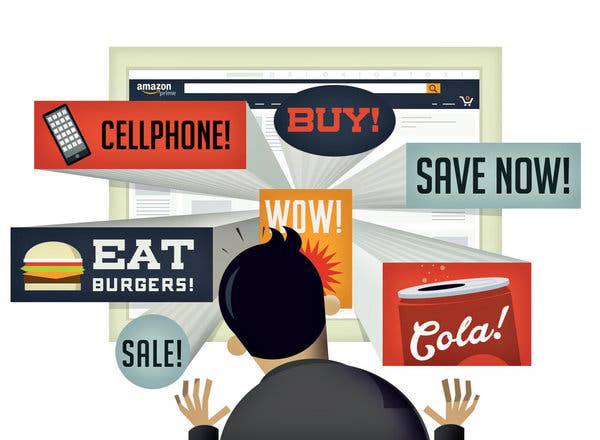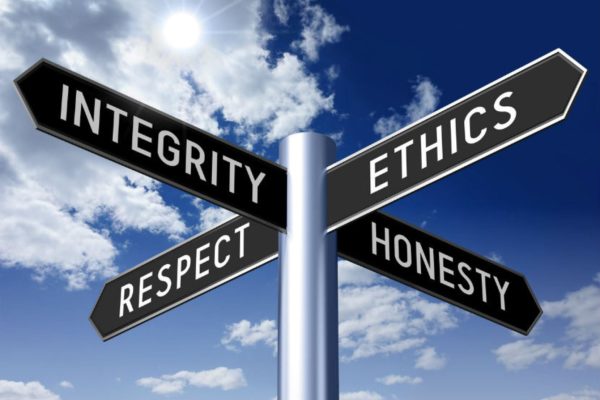
One of the fastest ways to tarnish a brand’s reputation is through a faulty product. In February this year, the much-publicized ‘exploding’ shoe incident when Duke University basketball forward Zion Williamson’s Nike sneaker ripped apart in a game, sidelining the college star with an injury. In the days following the game, the sportswear giant’s stock value slid by $1.1 billion. Unfortunately for Nike, the fiasco – which occurred during a live, prime time, television broadcast – represented a perfect storm of PR-crisis elements. It didn’t help that Williamson is one of the hottest prospects – and possibly the hottest – in basketball, expected to be the NBA’s number one draft pick this summer. Not to mention, the shoe malfunction occurred in the first minute of a high-profile rivalry game against the University of North Carolina. The ordeal blew up online, and users’ reactions were intensified as celebrities with large followings also threw their two cents into the debate – among them, President Barack Obama, who happened to be court-side.

Nike’s reaction to the incident helped maintain their stellar brand image, which they’ve cultivated through years of public relations strategy executions all while ensuring the problem would be investigated. Nike responded with urgency and concern and chose to take action rather than point fingers. “We are obviously concerned and want to wish Zion a speedy recovery,” Nike said in a public online statement: “The quality and performance of our products are of utmost importance. While this is an isolated occurrence, we are working to identify the issue.” Nike let the world know how they are handling the situation. Nike did not cast blame on others.
Whether they realize it or not, Nike did the following:
- They acknowledged the problem – quickly.
- They apologized for the problem.
- They discussed the solution – their plan to resolve the crisis.
- They owned the situation. No deflection or spin on the story.
- They acted with urgency. They worked quickly to show the public that the problem is a priority.

With more than 96 million followers around the world, Nike is easily in the top 20 most followed Instagram accounts globally (out of nearly one billion).
As one of the world’s largest brands, you might be surprised to find that Nike takes a personalized approach to engaging with their audience.
“We don’t respond as individuals, we respond as Nike. But that doesn’t mean that we don’t treat each conversation as if we’re talking human-to-human,” explained Wes Warfield, Nike’s Social Media Manager. Nike provides employees with a set of guidelines and examples on how to handle certain situations and conversations across social media. These guidelines and examples help customer care representatives to develop a specific tone of voice from day one.

But managing more than 1,000,000 incoming messages per year means that Nike has to pick and choose the most important conversations to focus on.
Wes explains, “We are always actively looking to take part in relevant conversations on social media since we obviously can’t be a part of every single one. Specifically, we look for where can we add value directly to customers’ lives. We keep an eye out for actionable incoming requests where we might be able to help more than one customer at a time.”
This is a brilliant move on Nike’s part. Since their team receive lots of similar questions from their customers, they see this not as an increase in work, but as an opportunity to help multiple customers at once. The magic of this strategy is that it increases the chance that those customers will share the information with others, thereby decreasing the future volume of questions around a particular topic.
References:
“Nike: A Real-Time Lesson In Crisis Management.” Forbes, Feb 22, 2019, https://www.forbes.com/sites/shephyken/2019/02/22/nike-a-real-time-lesson-in-crisis-management/#1740fdd12206
“Nike: Saving Brand Reputation When the Product ‘Explodes.” Toolbox, February 26, 2019, https://marketing.toolbox.com/article/nike-saving-brand-reputation-when-the-product-explodes










